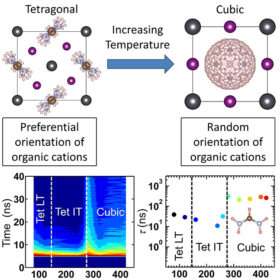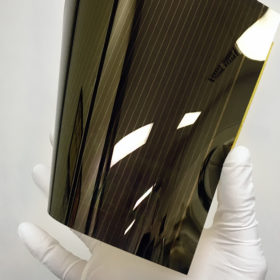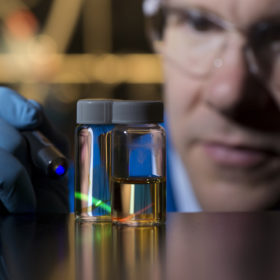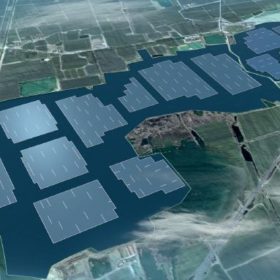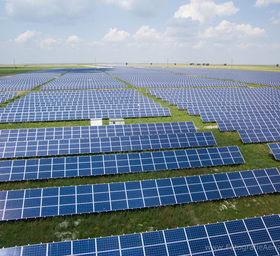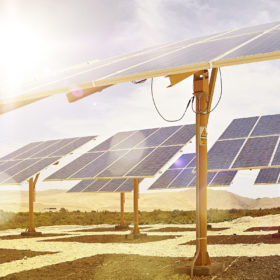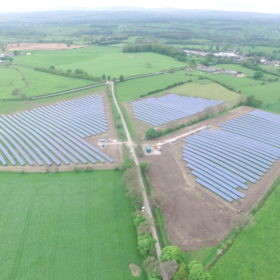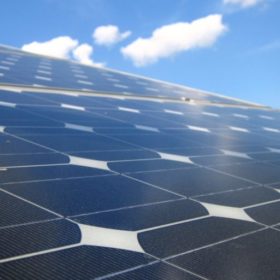DNV GL: AI will make renewables more efficient
A paper published by consultancy DNV GL forecasts major growth in the use of artificial intelligence (AI) applications within renewable energy, and outlines the risks and opportunities of such technologies.
Rotating molecule discovery could bring higher efficiencies to perovskite PV
A team of researchers led by the University of Virginia in the USA has discovered that rotating molecules within a solar are one of the key mechanisms behind the high levels of conversion efficiency seen in perovskite solar cells. The discovery could allow scientists to select and design new materials capable of even more efficient PV generation.
Solliance hits new perovskite milestone
European research group Solliance has announced new conversion efficiencies of 13.5% (cell) and 12.2% (module) for its perovskite based PV technology. The group states that the records were achieved in a factory setting, using an industrially scalable roll to roll process.
UCI scientists develop new type of solar generation
A team of researchers from University of California, Irvine (UCI) has developed a device which which converts sunlight into electricity through the motion of ions, rather than through excitement of electrons as in standard photovoltaics.
CNREC advises reform and increased RE targets in China
A newly published report from the China National Renewable Center (CNREC) advises China’s National Energy Administration to increase its targets for total renewable energy capacity (excluding big hydro) to 500 GW by 2020.
Hanwha Q Cells holds steady in Q3, expects bigger Q4
The Korean manufacturing giant posted a slight drop in revenue and profits for the third quarter ending September 30th, but expects to achieve total module shipments in the range of 5.5 GW to 5.7 GW for the full year 2017.
REC Group sees strongest third quarter ever
Norway headquartered REC Group has become the latest solar manufacturer to post increased module shipments for the third quarter of 2017, as global demand continues to be buoyed by massive installations in China and a rush for U.S. projects to procure modules.
Shipments and revenues up in strong Q3 for Canadian Solar
Leading module manufacturer Canadian Solar posted revenue of $912 million for the third quarter of 2017, significantly above the figure of $692 million for the previous quarter. The company also saw quarterly shipments rise to 1.87 GW.
Developers propose 350 MW PV+storage project in UK
A joint venture between leading solar developers Wirsol and Hive Energy has launched a proposal for a solar park ‘in excess of 350 MW’ to be located on Britain’s North Kent Coast. While the proposal is in its initial stages, the developers state that the project will be built without any subsidies.
Octopus Investments expands refinancing with GBP 80 million
Already managing one of the largest solar investment funds in Europe, Octopus Investments has added an additional GBP 80 million, and acquired a further 100 MW solar project.


